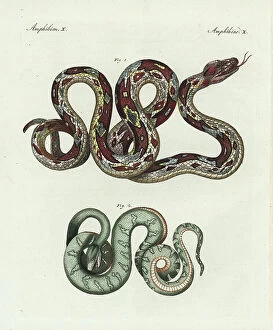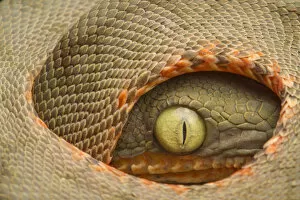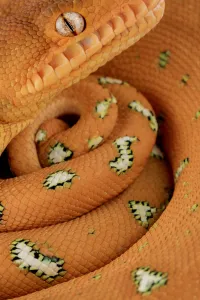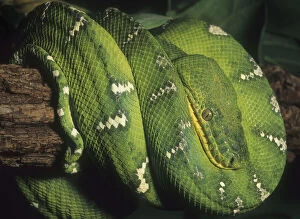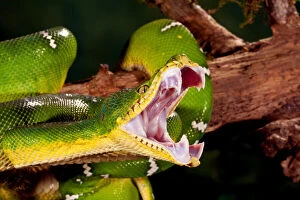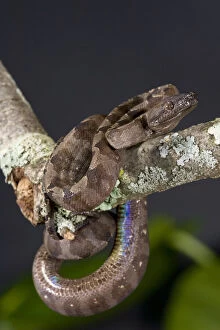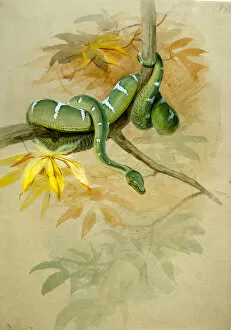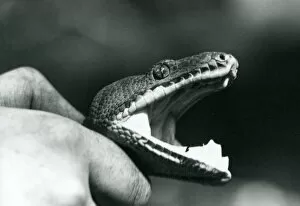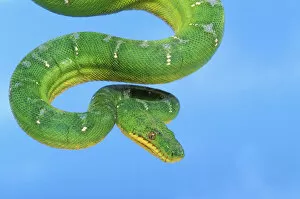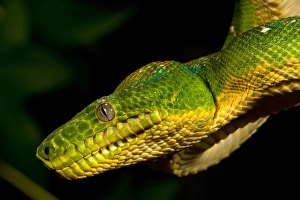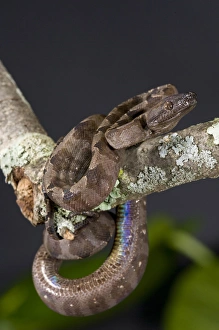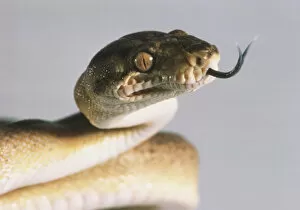Corallus Collection
Discover the captivating world of Corallus, a genus of mesmerizing snakes found in various regions
All Professionally Made to Order for Quick Shipping
Discover the captivating world of Corallus, a genus of mesmerizing snakes found in various regions. In the lush Yasuni National Park, a juvenile Amazon Tree-Boa (Corallus hortulanus) showcases its defensive position, reminding us of nature's incredible adaptability. With vibrant scales and piercing eyes, an Emerald Tree Boa (Corallus batesii) captures our attention in a close-up portrait while gracefully hanging on a branch. Also known as Canine Boas or Dog-headed Snakes, these remarkable creatures possess unique characteristics that set them apart. Their distinctive markings and patterns make them stand out among their reptilian counterparts. The DDE-90037242, DDE-90037084, DDE-90037085, and DDE-90037083 are just some the diverse species within this fascinating genus. Intriguingly named Green Boa (w/c on paper), these serpents leave an indelible mark wherever they slither. Whether it be at London Zoo or amidst their natural habitat with bodies coiled along branches, they exude elegance and grace. As we delve into the enchanting world snakes, we gain a deeper appreciation for the wonders of biodiversity. These magnificent creatures remind us to cherish and protect our fragile ecosystems so that future generations can continue to marvel at their beauty.

